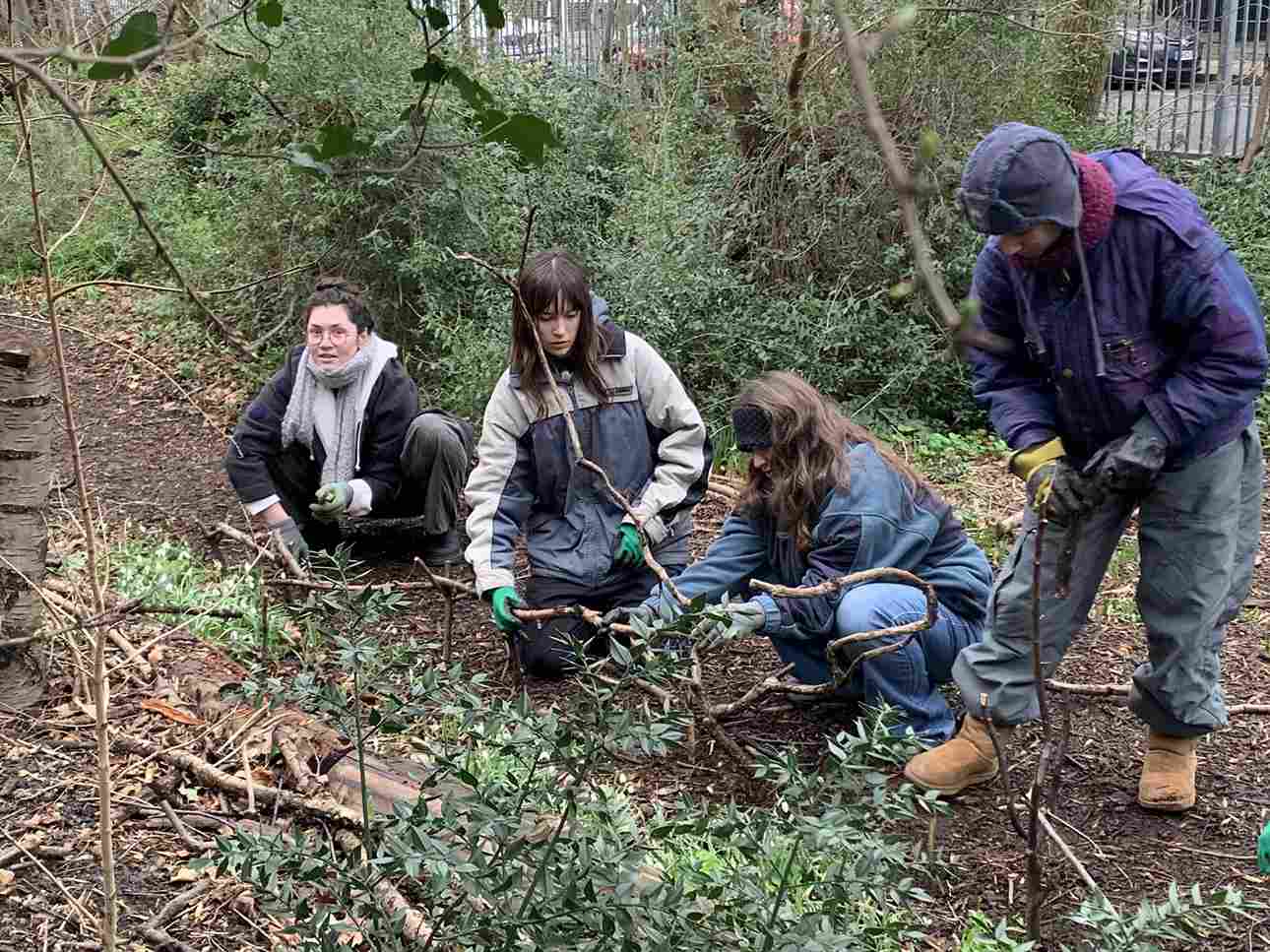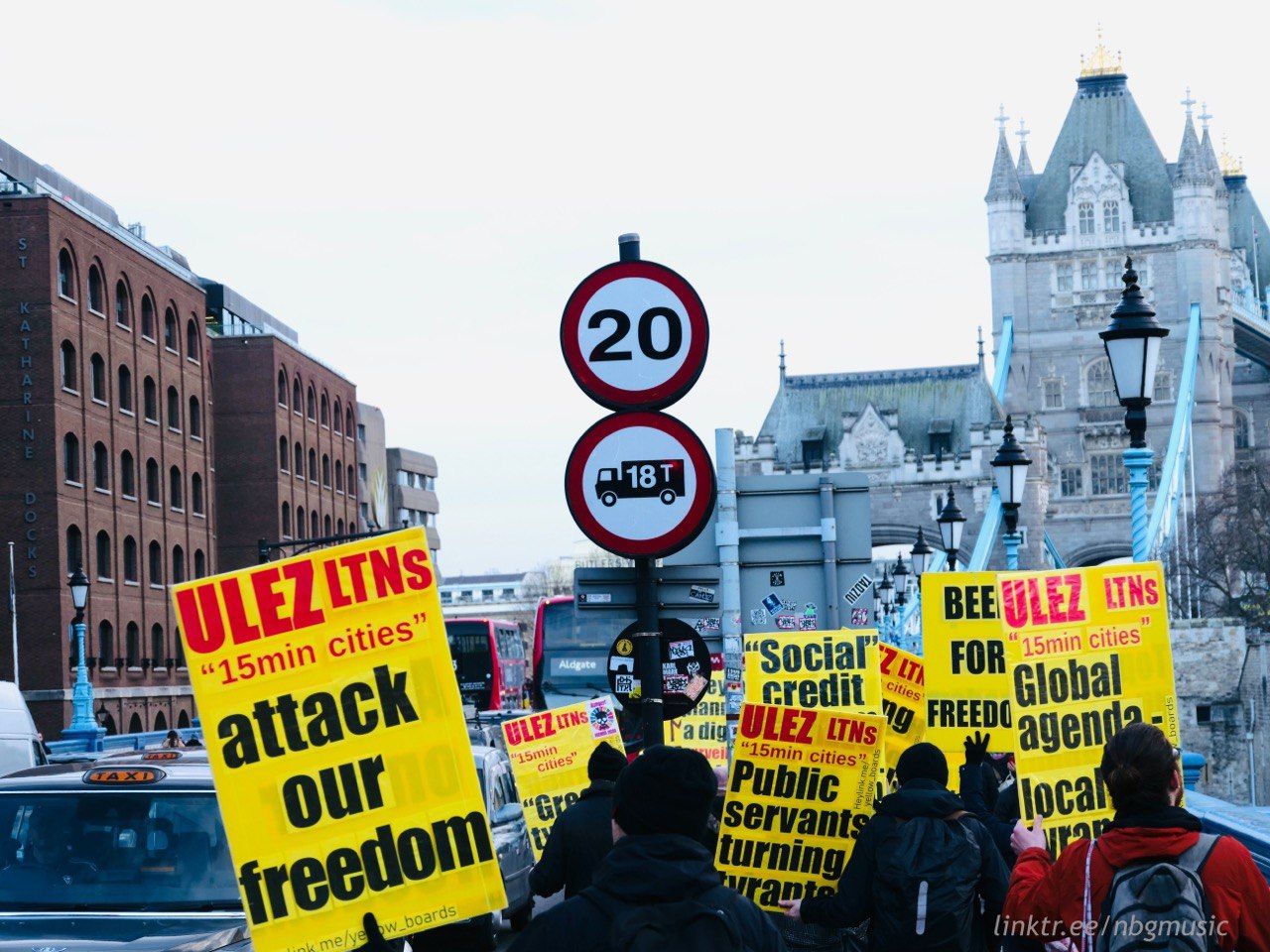
Fast Fashion and the Value-Action Gap

Summary
The value-action gap in fast fashion is wider than ever before with the average person consuming 400% more clothing than 20 years ago (Biological Diversity). It makes no logical sense that 90% of generation Z are still opting for fast fashion brands (Sheffield Hallam) whilst simultaneously expressing the most anxiety for effects of climate change so far (ONS). So why aren't we taking more responsibility on a personal level? Where is the opportune area to create real transformation across the whole system?
Approach and Methodology
To establish a research topic, I thought about what sort of social and/or environmental transformation I felt passionate about tackling. I also wanted something that I would use in the real world to make a positive change. after assessing my value system and actions, it occurred to me that whilst I think I care a lot about living consciously, I don't tend to abide by it particularly strongly. I also feel that the ability to make a difference lies out of my control, which is both frustrating and disempowering.
My initial approach has been to use systems thinking to gain a holistic understanding of all the relationships, demands and impacts that are currently present in the realm of fast fashion. This has been vital for revealing where the roots of the issues lie and ideating solutions and interceptions. The nodes in this diagram where supported by research into the topic area and survey data, one of which I analysed in depth for the quant section of my 1C.
I found a study on consumer behaviour conducted by a professor at La Sapienza, investigating consumer attitudes, beliefs and actions concerning bio-materials and second-hand clothing. I am hoping to establish the existence of a value-action gap in consumers by comparing their perceptions, purchasing habits and what they are willing to pay.
My study has largely been conducted through a psychological lens to obtain insight into consumer behaviour and the most effective way to influence the system from a bottom up approach. Network science has also proven to be a relevant discipline due to its overlap with systems thinking and mapping out relationships and interactions between stakeholders.
The theorised solutions neatly synthesise both quant and qual aspects by drawing on both for inspiration to ideate for the most effective interventions
Proposal/Outcome
Beyond Outcomes
Want to learn more about this project?


Overall LIS Journey
Languages have been a big part of my life for the past 4 years as I took German, Latin and Ancient Greek for A'Level before studying German, Spanish and Italian at Durham University for 1 year. I also devoted the majority of my gap year to learning languages, spending time living in both Berlin and Central America doing intensive language schools. Aside from this, I have worked in the hospitality industry, as both front of house in a restaurant and in the housekeeping department at a spa hotel.
About me

Hi I'm Rosie, a 21 year old student with a passion for psychology and sustainability. I am currently working on 2 projects outside of LIS; a sustainable cotton clothing company and a student supper club. The student supper club was born this year out of my move to London, from a different university, which was in a much smaller city that students made up 80% of! My aim is to create a stronger sense of community and networking amongst the different universities here to help people find their feet in the big smoke and establish closer connections.
.svg)
Other Related Projects
Back to the repository


- A Pilot Based on Heathrow's Sustainability Goals







